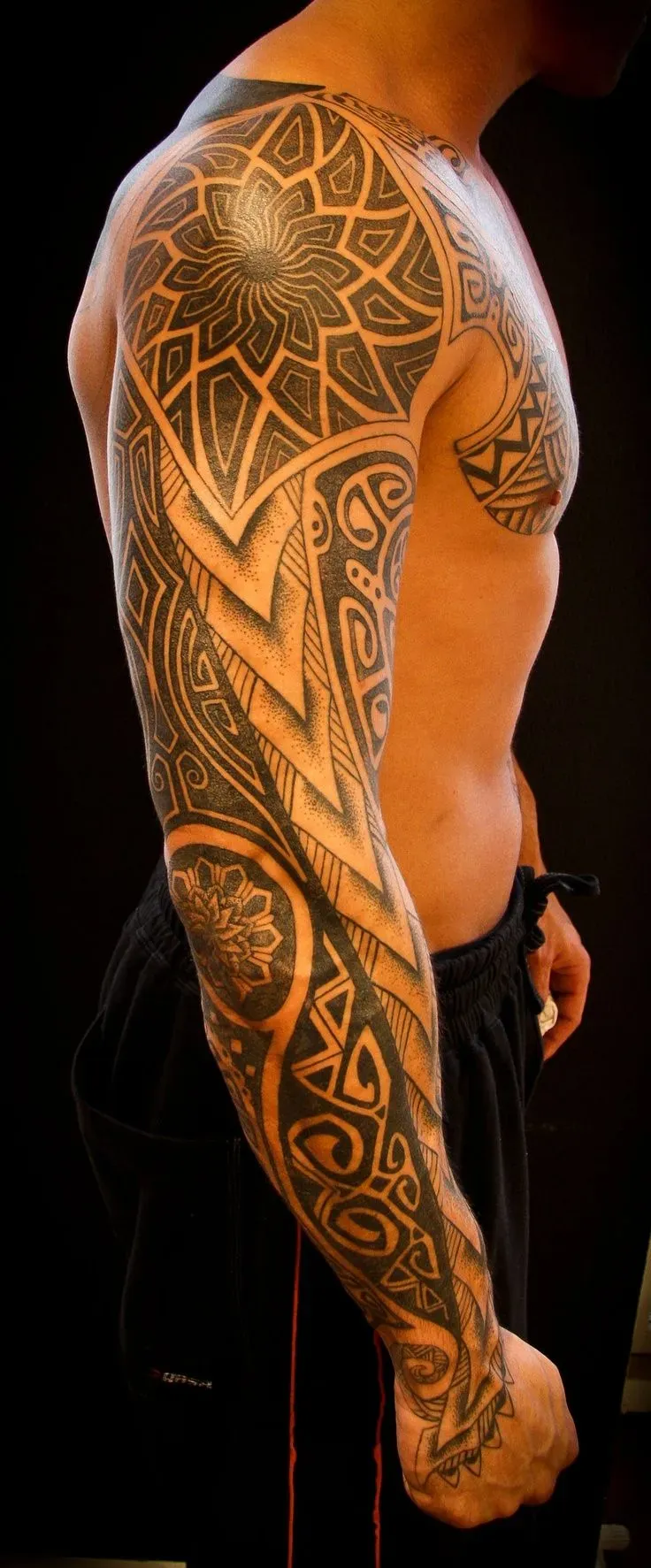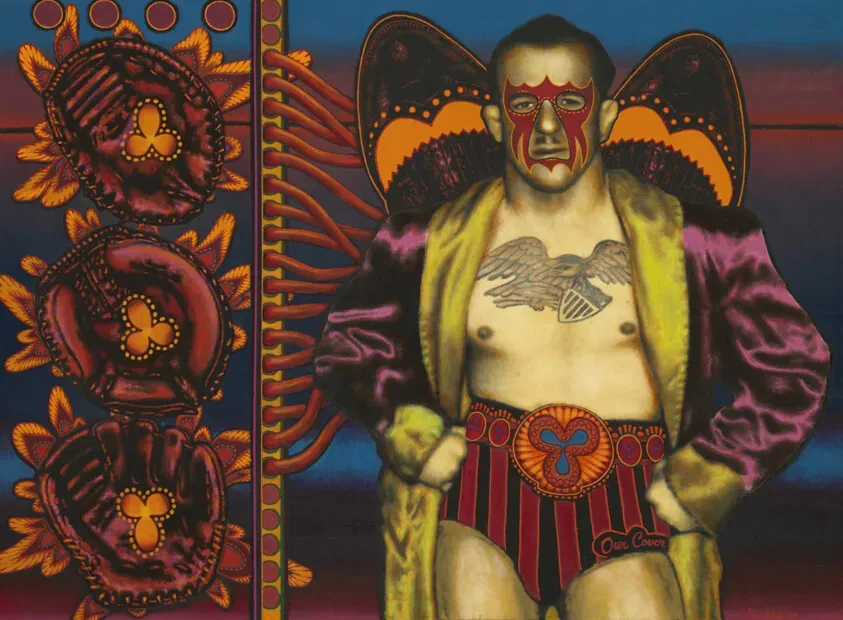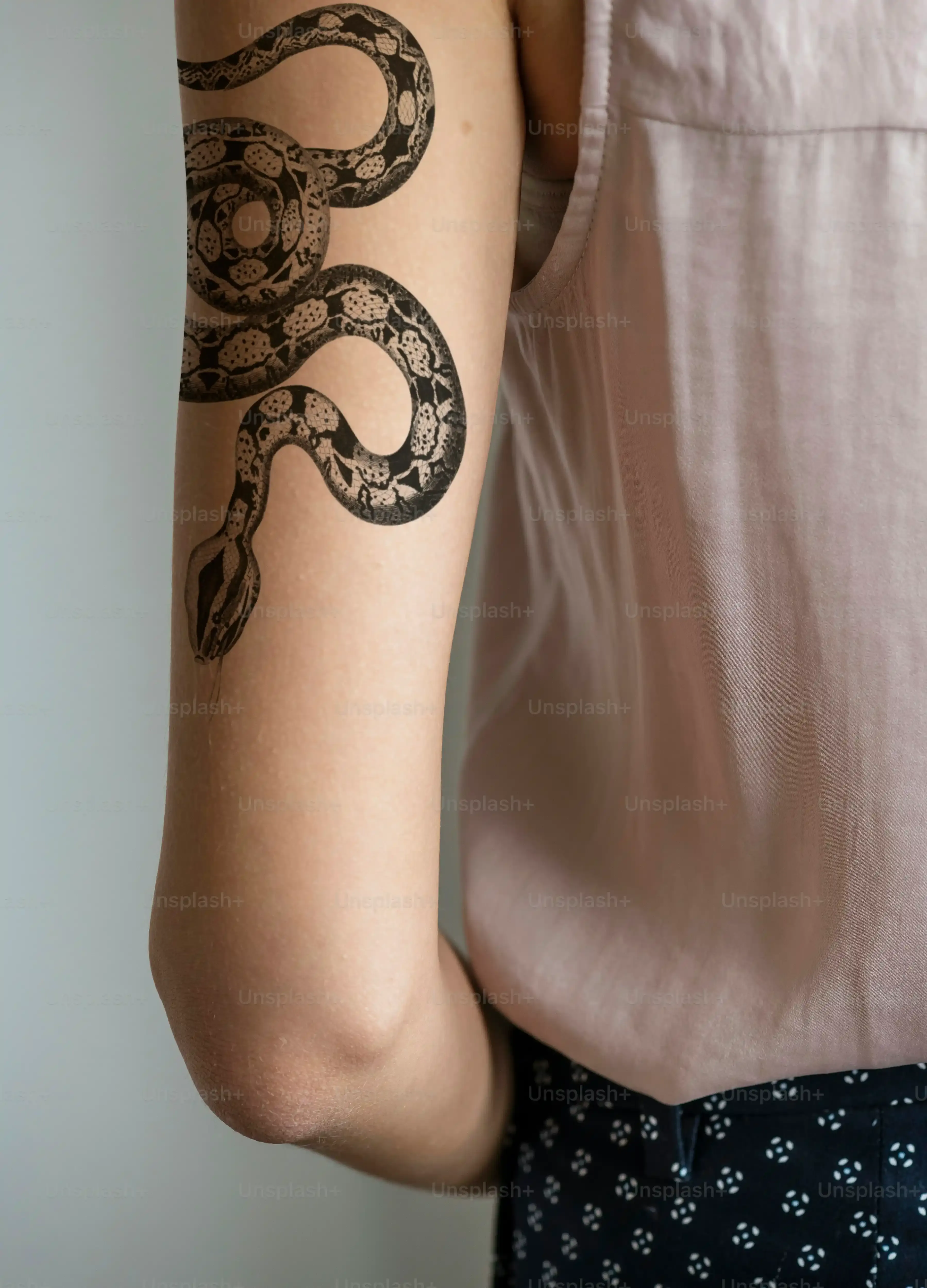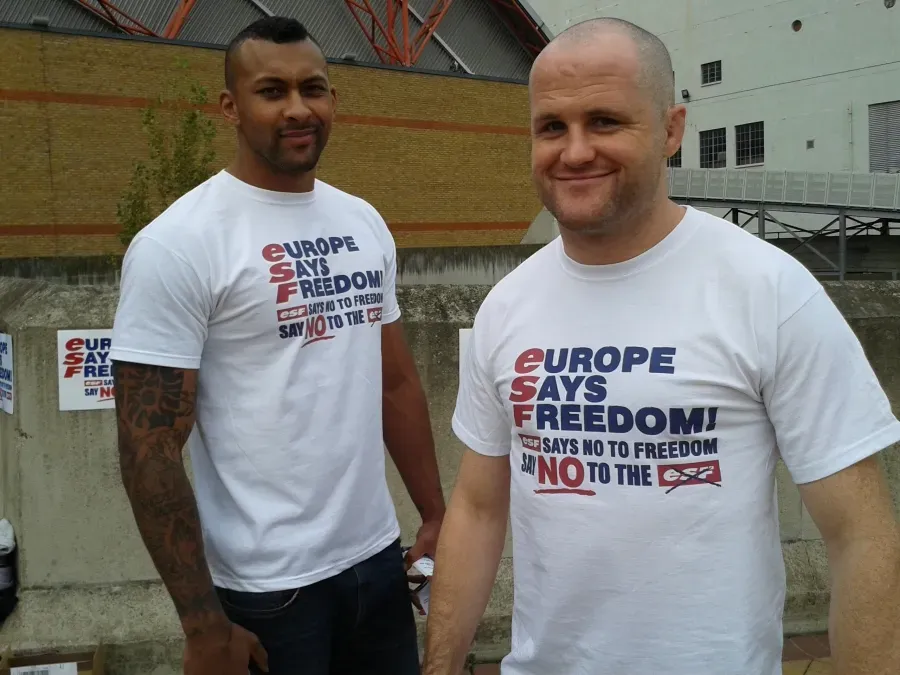Table of Contents
Thinking about getting some ink? The arm is practically prime real estate in the tattoo world. Everyone from ancient warriors to your barista seems to sport something there. It's visible, it offers a decent canvas, and let's be honest, it just looks cool to roll up a sleeve and show off some killer tattoo designs on arm.
Why the Arm? Popular Spots and What They Mean
Why the Arm? Popular Spots and What They Mean
The Arm's Universal Appeal for Ink
Walk into pretty much any tattoo shop on the planet, and you'll see flash sheets and portfolios overflowing with designs meant for the arm. It's not just a coincidence. The arm is a go-to spot for a laundry list of reasons, making tattoo designs on arm incredibly common. For starters, it's easily visible when you want it to be, like in a t-shirt, but just as easily covered up for work or family dinners if needed. This flexibility is huge for many people getting their first tattoo or even adding to a collection.
Beyond visibility, the arm offers a decent amount of space to work with, especially areas like the forearm or upper arm. Artists appreciate the relatively flat or gently curved surfaces which make applying the stencil and the ink smoother than, say, a tricky joint or a super bony area. Plus, it's generally considered one of the less painful spots to get tattooed compared to ribs or feet, which definitely adds to its popularity, especially for newcomers.
Breaking Down the Hot Spots on Your Arm
So, you've decided the arm is the place, but where exactly? Different parts of the arm lend themselves to different styles and have their own vibe. The forearm, for instance, is super visible and perfect for designs you want to see all the time – maybe something meaningful or just something cool you love looking at. It's a popular spot for script, geometric patterns, or smaller, detailed pieces.
The upper arm, especially the bicep and tricep area, offers more real estate for larger pieces or wraps around. This is where you see a lot of traditional or neo-traditional designs, portraits, or elements that are part of a larger sleeve plan. Inner bicep? A bit more sensitive, but a great spot for something more personal or hidden. Even the elbow and ditch (the inside crease) get action, often incorporated into sleeves or used for specific, sometimes painful, design elements.
Choosing the right spot really depends on the design, your pain tolerance, and how public you want the art to be.
- Forearm: High visibility, good for lines and detail, moderate pain.
- Upper Arm (Bicep/Tricep): More space, good for larger pieces, less painful.
- Inner Bicep: More private, can be more sensitive.
- Elbow/Ditch: Often part of sleeves, potentially high pain.
Exploring Popular Tattoo Designs on Arm
Exploring Popular Tattoo Designs on Arm
Styles That Stick: From Traditional to Geometric
so you know *where* on the arm you might want ink, but *what* do you put there? The world of tattoo designs on arm is massive, covering pretty much every artistic style imaginable. Traditional American tattoos, with their bold lines and solid colors (think anchors, roses, swallows), are a classic for a reason – they hold up incredibly well over time and fit many arm placements nicely. Black and grey realism, aiming to look like a photograph, is another huge category, often featuring portraits, animals, or dramatic scenes. This style can look stunning on the forearm or upper arm, but it requires a skilled artist to age well.
Then you've got the more modern vibes. Geometric patterns, dotwork, and abstract designs are popular because they can flow beautifully with the arm's natural curves. Think intricate mandalas on the elbow or abstract lines wrapping around the bicep. Japanese style, with its waves, dragons, and koi, is practically made for sleeves, utilizing the entire arm as a canvas. And don't forget fine line work or minimalist designs, perfect for those who want something subtle but impactful on the wrist or inner forearm.
Making the Design Work *With* Your Arm
Choosing a design isn't just about liking a picture; it's about how that picture interacts with your body. A great tattoo artist will tell you that the best tattoo designs on arm don't just sit *on* the skin, they move *with* the muscle and bone structure. A design that looks fantastic flat on paper might warp or look awkward when wrapped around a bicep or stretched across a forearm. This is where flow comes in.
Consider how the design will look when your arm is bent, straightened, or relaxed. A long, thin design might be perfect for the outer forearm, while a circular mandala might work better on the elbow. If you're planning a larger piece or a sleeve, think about how different elements will connect and transition across joints. It takes planning, often involving stenciling and adjusting on the spot, to make sure the final piece feels like a natural part of you, not just stuck on.
Style | Common Arm Placement | Considerations |
|---|---|---|
Traditional | Forearm, Upper Arm | Bold lines hold up well, classic look. |
Black and Grey Realism | Forearm, Upper Arm | Requires skilled artist, detail can fade if not done well. |
Geometric/Dotwork | Elbow, Forearm, Bicep | Flows well with curves, intricate details. |
Japanese | Full Sleeve | Uses entire arm, requires long-term commitment. |
Fine Line/Minimalist | Wrist, Inner Forearm | Subtle, can be delicate, detail can blur over time if lines are too close. |
Before You Ink: Key Considerations for Tattoo Designs on Arm
Before You Ink: Key Considerations for Tattoo Designs on Arm
Finding the Right Artist Matters (A Lot)
so you've got the spot picked out and a vague idea of the style. Now for the person who's actually going to do the etching: the artist. This isn't the time to just walk into the nearest shop and hope for the best. Getting quality tattoo designs on arm depends massively on the artist's skill and experience, especially with the style you want.
Do your homework. Look at portfolios – online, on Instagram, in person. See if their healed work looks as good as the fresh stuff. A great artist specializes, or at least excels, in certain styles. If you want intricate black and grey realism, don't go to someone known only for traditional bright colors. Schedule a consultation. Talk to them about your idea, the placement, and ask questions. A good artist will be honest about what works and what doesn't on the arm and might even suggest improvements you hadn't considered. They're not just technicians; they're collaborators.
Think Long-Term: Design Permanence and Aging
Unlike that regrettable haircut from college, a tattoo is, you know, permanent. Tattoo designs on arm, while often in less problematic spots than, say, fingers or feet, still age. Skin stretches, colors fade slightly, and fine lines can blur over decades. A design that looks crisp and detailed on fresh skin might look like a bit of a mess 20 years down the line if it wasn't designed with aging in mind.
Discuss this with your artist. They can advise on line weight, color saturation, and spacing to ensure the design holds up. Simple designs with bold lines and adequate spacing tend to age better than overly complex, tiny details packed together. Realism, while stunning initially, often requires touch-ups over the years to maintain clarity. Choosing a design that can stand the test of time is crucial unless you're a big fan of blurry art.
Things to consider for long-term looks:
- Line weight: Thicker lines hold better than super fine ones.
- Spacing: Give elements room to breathe; crowded designs blur.
- Color: Some colors fade faster than others; black and grey often require less maintenance.
- Sun exposure: UV rays are the enemy of tattoos; sunblock is your best friend.
Pain, Healing, and the Wallet Hit
Yes, it's going to hurt. How much depends on your pain tolerance and the exact spot on your arm. Generally, fleshy areas like the outer bicep are less painful than bony spots like the elbow or areas with thinner skin like the inner bicep or wrist. It's a manageable pain for most, often described as a strong scratching or burning sensation. The first few minutes are usually the worst as your body adjusts.
After the ink is in, the healing process begins. An arm tattoo is relatively easy to heal compared to, say, a back piece you can't reach. You'll need to follow your artist's aftercare instructions religiously: keeping it clean, moisturized, and protected from the sun. Healing typically takes 2-4 weeks to get past the flaky, itchy stage. Finally, there's the cost. Good tattoo designs on arm aren't cheap. Artists charge based on their experience, the complexity of the design, and the time it takes. Expect to pay anywhere from a couple of hundred dollars for a small piece to several thousand for a full sleeve. It's an investment in permanent art, so don't nickel and dime your artist. You usually get what you pay for.
Making Your Arm Tattoo Last: Care and Maintenance
Making Your Arm Tattoo Last: Care and Maintenance
Keeping Your Ink Looking Sharp
Alright, you survived the needle and you've got some awesome tattoo designs on arm. Congrats. But the work isn't over. Getting the tattoo is only half the battle; keeping it looking good for years is the real challenge. Think of it like buying a nice car – you wouldn't just drive it through mud and never wash it, right? The first few weeks are critical for healing. Your artist will give you specific instructions, which usually involve washing it gently with unscented soap, applying a thin layer of recommended ointment or lotion, and avoiding soaking it in baths or pools. Ignore this step at your peril; a poorly healed tattoo can look faded, patchy, or even get infected, turning that cool art into an expensive mistake.
Your Arm, Your Story: Wrapping Up Your Tattoo Journey
So, there you have it. Getting tattoo designs on arm isn't just a spur-of-the-moment decision fueled by a cool picture on Instagram. It's about picking a spot that makes sense for you, choosing a design that resonates, and doing your homework on the artist and the aftercare. Your arm is a canvas, sure, but it's also a part of your body you live with every single day. Take the time, ask the tough questions, and make sure the ink you choose is something you'll actually be happy to show off for the long haul. No regrets, just solid art.